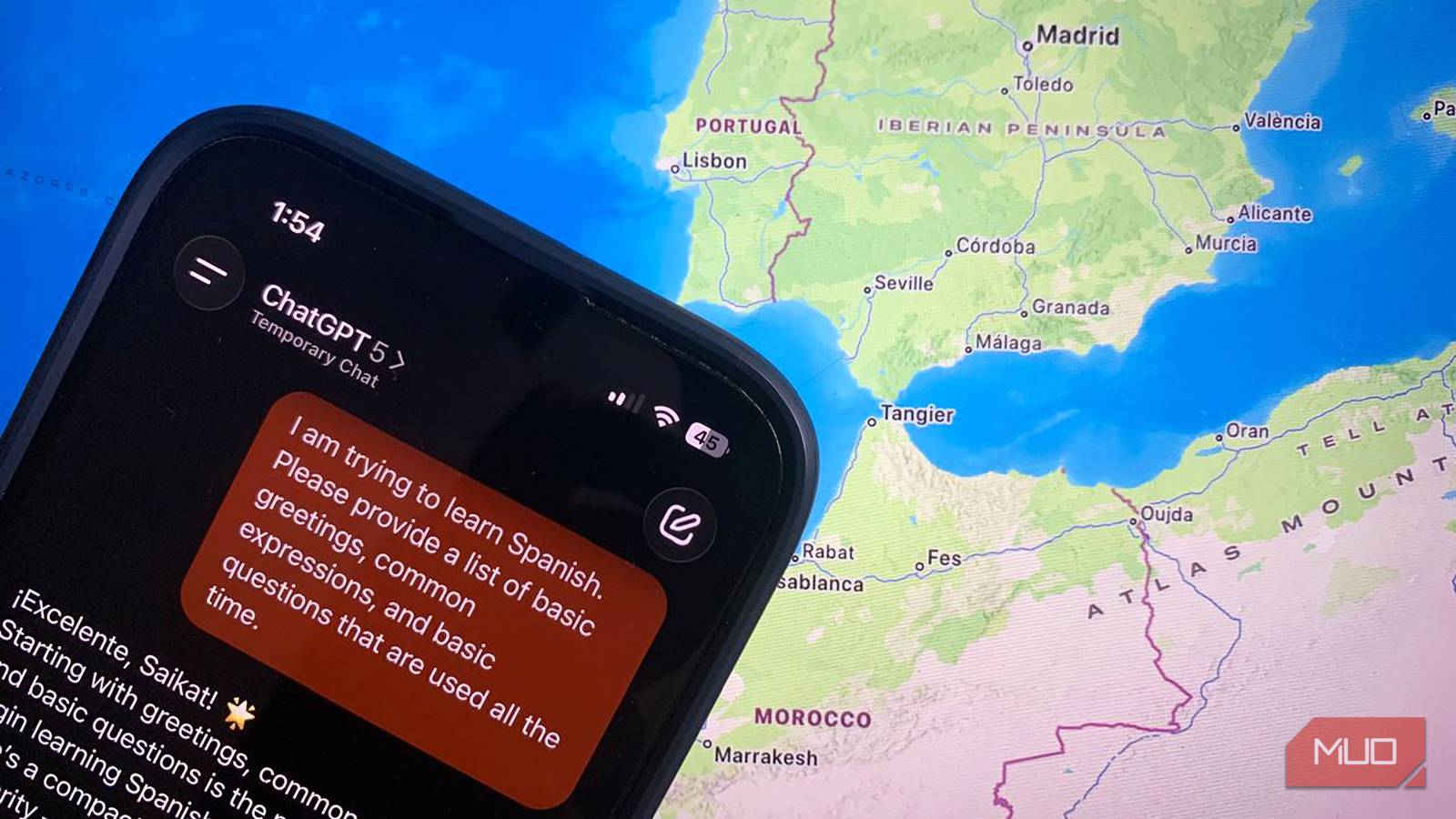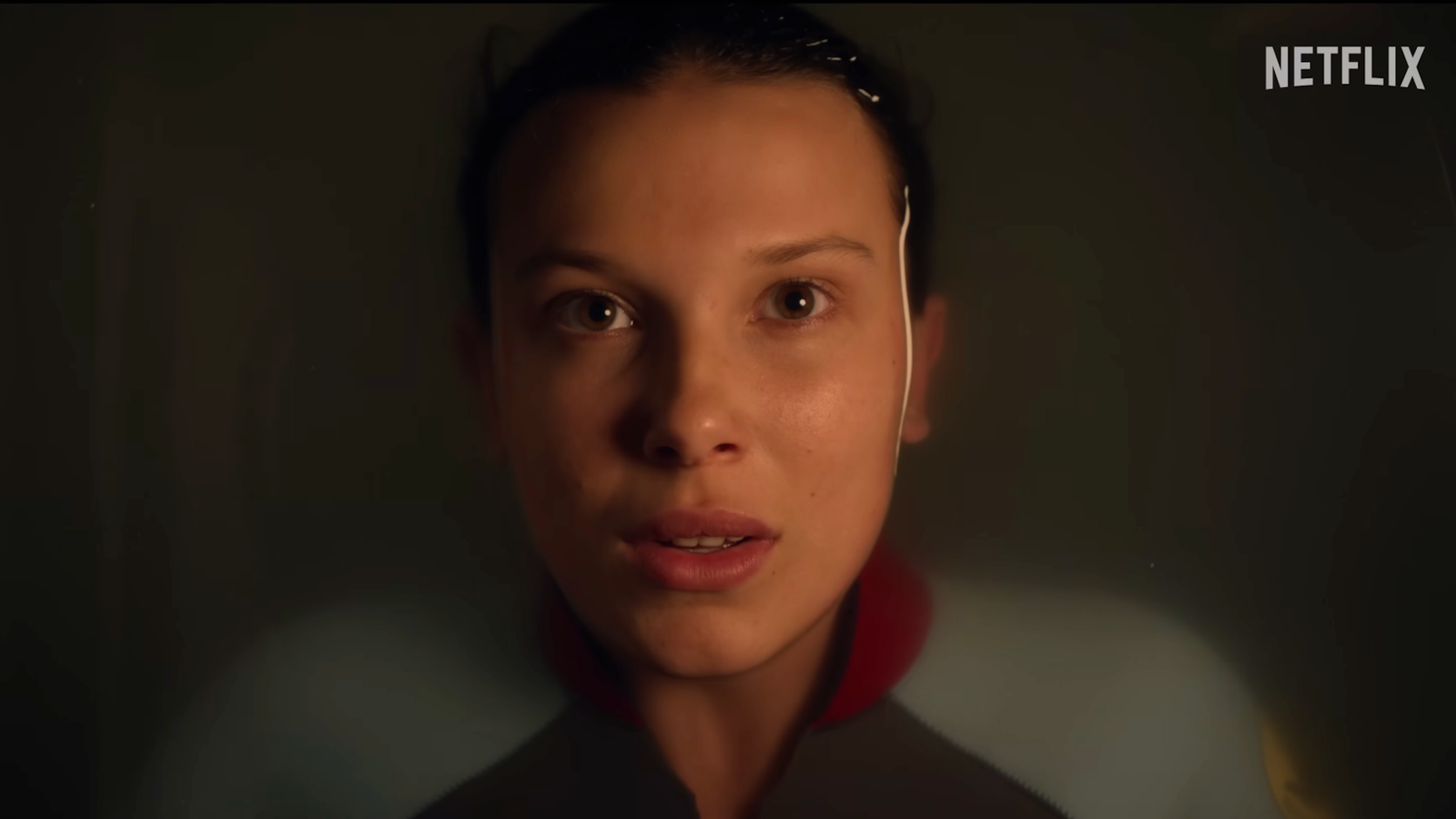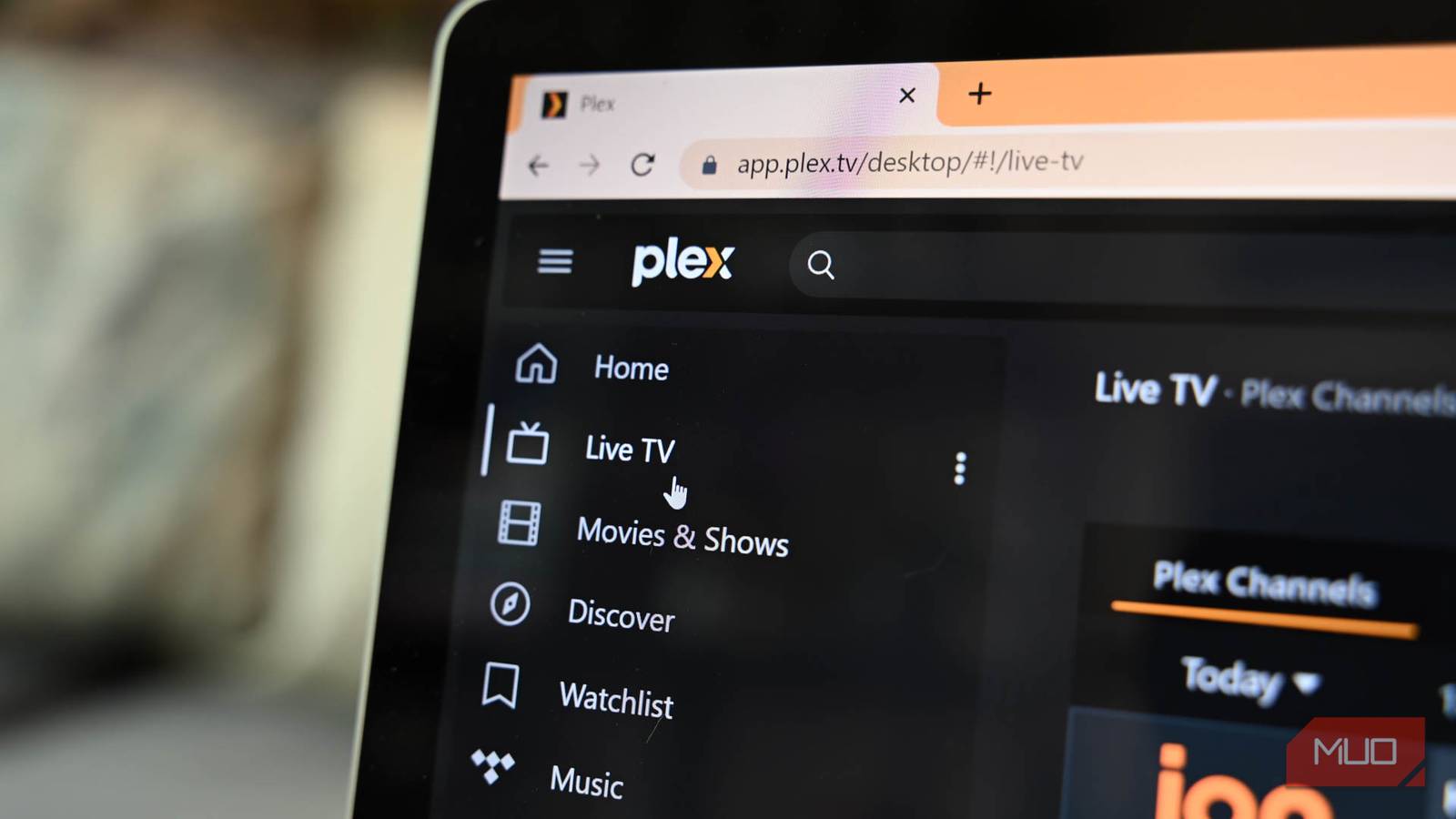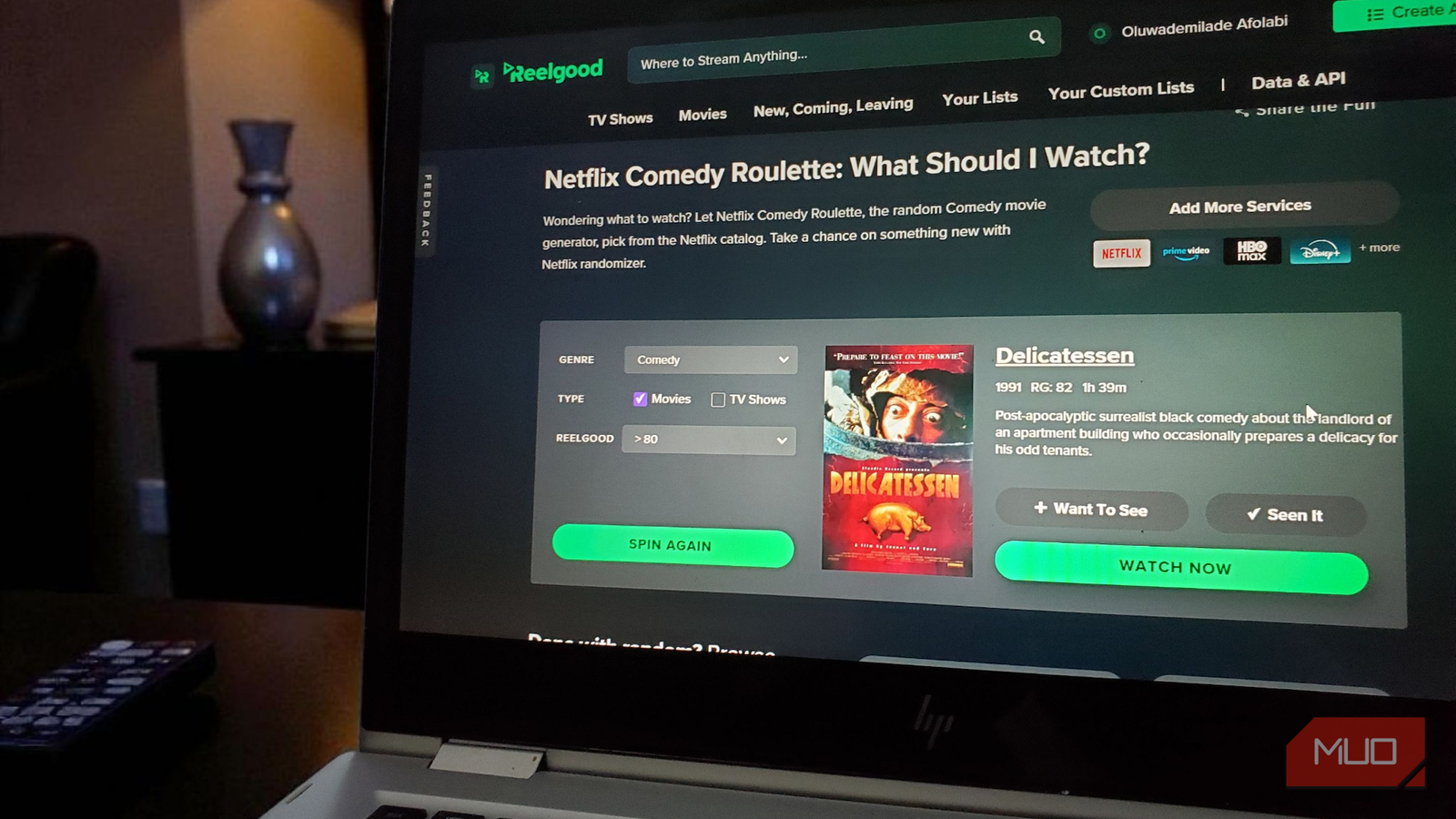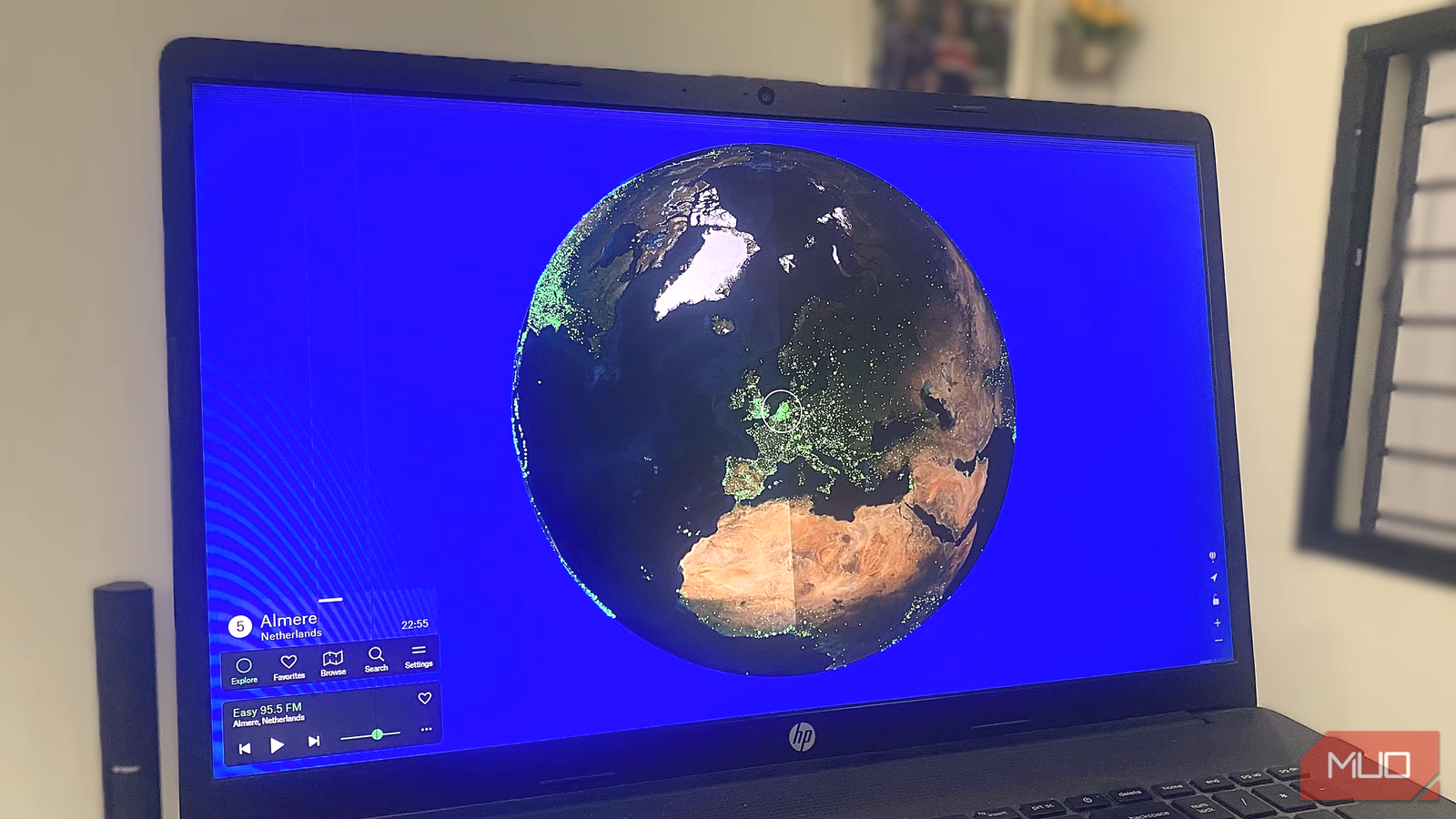It’s entirely possible to use Plex without any third-party plugins or apps, especially if you’re just using it casually. Everything you need to stream your media library comes with the packaging, so to speak. However, once I discovered Plex could do more, I realized I needed it to do more, like a customer not knowing what they want until they have it.
What I wanted was to turn Plex into a true media library—a server to house all of my entertainment, from photos to movies. And it just so happens I didn’t need to look into third-party software to make it happen. It turns out Plex had these features all along. Now you do, too!
Plex has a lightweight app for playing music
It feels like a throwback to Windows Media Player
You’re forgiven if you were under the impression Plex was just for streaming movies and TV shows from your own media library. You can stream your own music collection, too. Not only can you stream music, but Plex has a dedicated music player called Plexamp, which I was completely unaware of until recently.
Plexamp isn’t integrated into Plex, which is why I never noticed it at first; instead, it’s installed as a separate app. It connects to your library just like Plex does, but ideally, you’d link the app to your music folders. Of course, adding your music library is also the same as adding any other library in Plex. Go into Settings > Libraries > Add Library. Find your music folder and you’re on your way!
Using Plexamp as opposed to Plex has been pretty darn handy. It’s not that Plex is difficult to navigate — far from it — but I really like apps that serve a specific purpose. Not every app needs to do everything and anything at all times. I can create playlists right inside the app, see every track I have available (separated into genres, artists, albums, and more), and with Plex Pass, I can stream and download my music remotely.
Keeping an eye on statistics is easy with Plex Dash
I can see what you’re watching
Now that my Plex library is starting to grow at a slow but steady pace, I’ve been curious about the backend stats. What kind of movies and TV shows get watched the most? What are viewers watching right now? How is my host machine’s processor and memory usage? I can get all of that information (and more) in real-time just using Plex Dash.
Like Plexamp, Plex Dash is its own standalone app and isn’t integrated into Plex’s interface, but that backend information is still being collected. What I wasn’t expecting to like as much was the ability to filter my library and see what the top-ranking movie or show was over the past week, month, year, and of all time. I can do that for just myself or use my entire audience to see what’s topping the charts, like Netflix’s top 10 list.
Additionally, Plex Dash gives you direct control over several aspects of your server remotely, which is especially useful for troubleshooting when I’m not at home. Say I notice my processor taking a big hit. If I head into Server Details > Preferences > Transcoder, I can quickly throttle my server’s transcoder quality to something manageable until I can diagnose the problem (Plex Dash even sends crash reports). Or as a last resort, I can see who’s streaming and cut their stream directly.
Plex can house your family photos and videos, too
Niche, but useful
When I first got my Plex server up and running, and shortly after learning about Plexamp, I thought to myself, “I wish Plex could handle photos, too.” And what do you know? It does! Though I can’t stress enough, the need to make your family photos and videos private, especially if you personally have strangers accessing your server. It’s not as much of an issue with me, since it’s usually my wife who backs up photos, but it’s still worth bringing it up.
And like Plexamp and Plex Dash, Plex has yet another app that makes this process super easy with its dedicated Plex Photos app. When I say it’s bare-bones, I mean it’s bare bones. That’s not a slight against the app, but a positive in my book, because outside of keeping a catalog of my family photos, I don’t need Plex Photos to do more than that. That said, Plex Photos isn’t without features, but they’re best utilized when you’ve taken the time to organize your photos beforehand.
Plex Photos has three tabs: Recommended, Timeline, and Library. Recommended focuses on recently added photos, so that’s self-explanatory, but if you want to find a photo you uploaded from six months ago, you’d use Timeline. The Library tab is where having an organized photo library comes in handy due to its sorting options, such as sorting by date added, date taken, name, and album.
Now there are good first-party apps, not just add-ons
It’s worth pointing out that these Plex apps have alternatives of their own, like swapping Plex Dash for Tautulli (if you’re looking for a free option), but I really wanted to stick to first-party software. More importantly, they integrate easily with Plex by simply downloading the apps and signing in. No need to mess with dockers!

